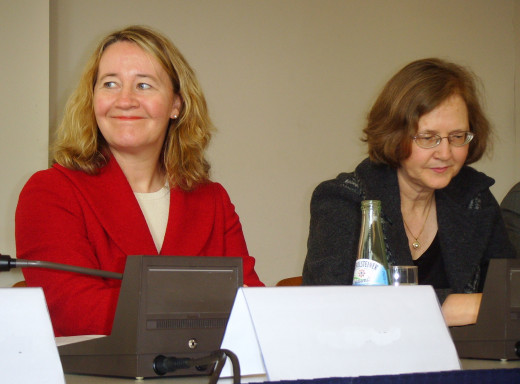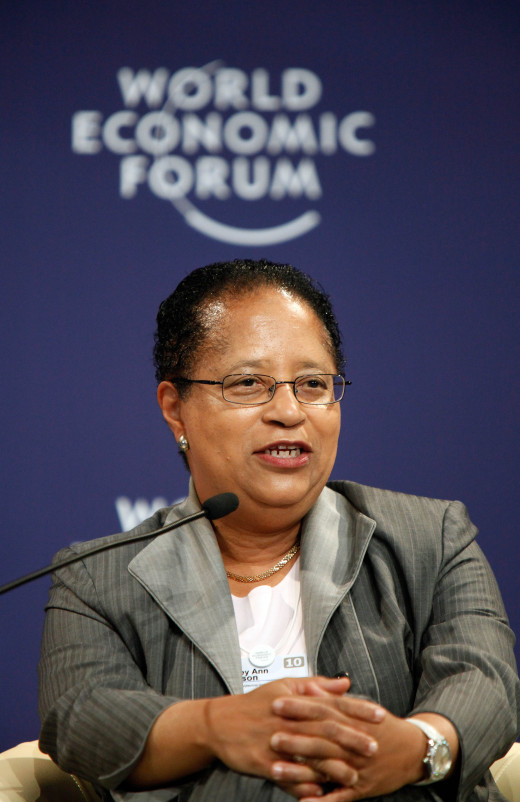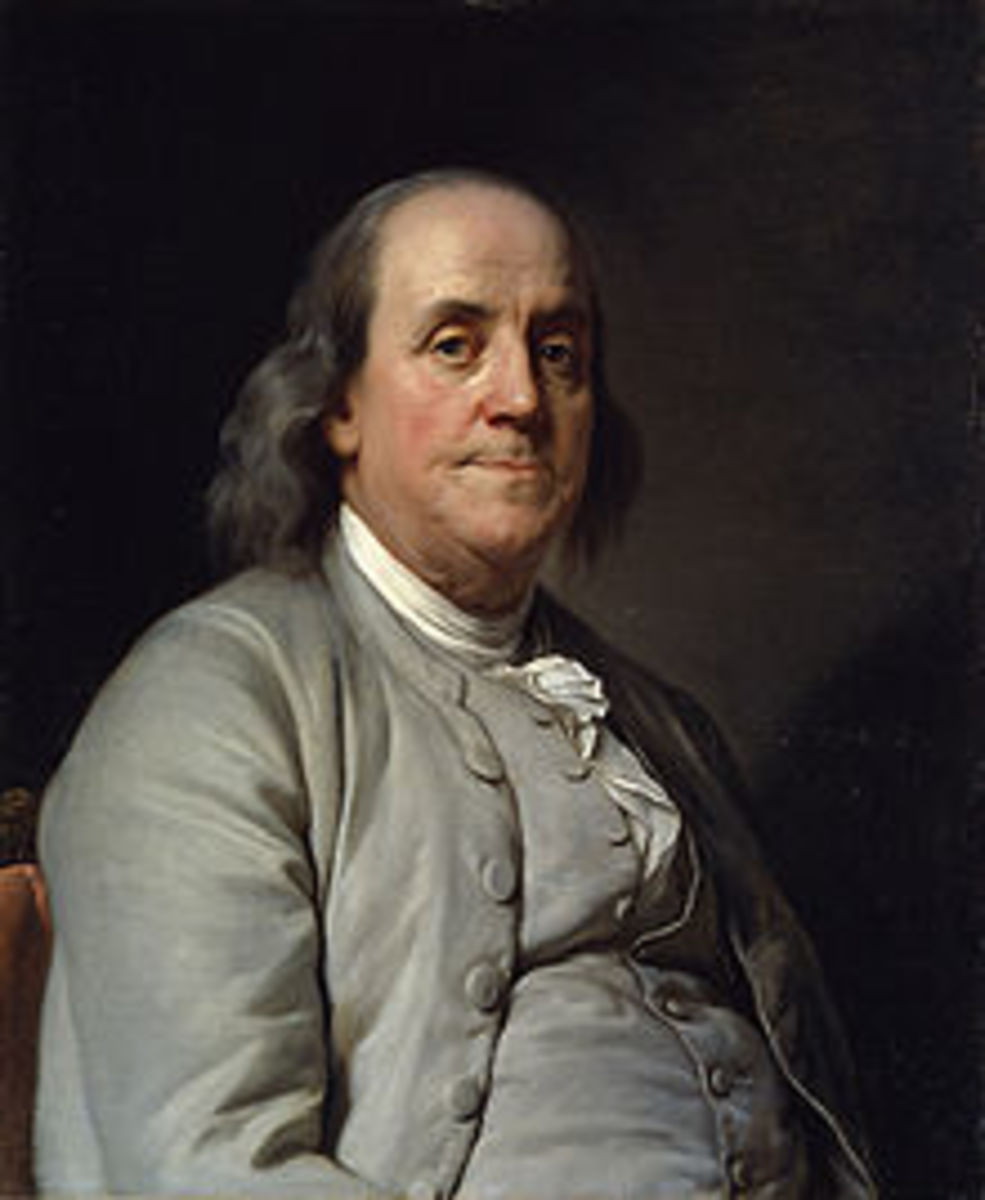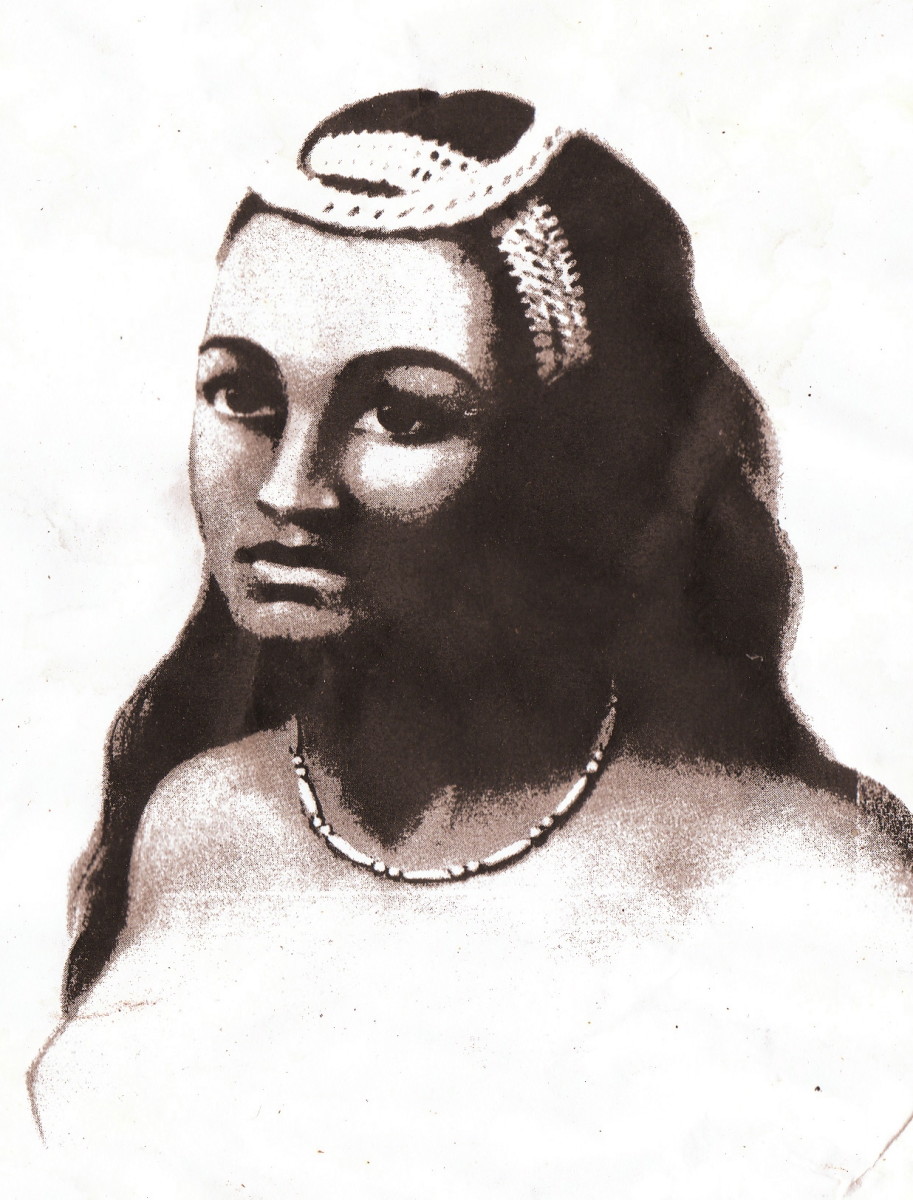Famous Female Scientists and Their Contributions
When it comes to female scientists, everyone has heard of Jane Goodall and Marie Curie. However, there’s been many more recent important contributions made by female scientists.

Carol W. Greider and Elizabeth Blackburn
You can’t mention one of these remarkable microbiologists without the other, thanks to the 2009 Nobel Peace Prize they share with Jack Szostak for the discovery of the enzyme telomerase.
Before the discovery of that enzyme, they already knew that something called a telomere tipped the ends of the chromosomes. When a cell divides, chromosomes should get shorter, causing aging. However, they asked themselves, if that happens every time a cell divides, how do organisms live as long as they do?
The research resulting from this question is how this protective enzyme was discovered.
Because Elizabeth Blackburn already had an interest in cancer research, she saw potential in this new discovery for cancer treatment. This new enzyme has changed the way science links genetics to diseases like cancer forever.
Although these women to eventually work together, they came from very different backgrounds.
Carol Greider was born on April 15, 1961 in California. Her dad was a physics professor, so she had ready access to scientific materials from a young age. However, her early schooling was difficult due to her dyslexia.
Your determination and self discovery, she mastered the basics and went on to become a professor and the director of Molecular Biology Department at Johns Hopkins University.
More About Elizabeth Blackburn
Elizabeth Blackburn was born on the other side of the world, in Tasmania, the island just south of Australia, on November 26, 1948. Her parents were both physicians, and they encouraged her to pursue her passion in science.
Elizabeth continued to study the field of genetics and discovered that poor health and shorter lifespans could result from prolonged heightened stress as well as being a victim of domestic abuse. After conducting studies of both women who had been abused in those who had not, she found that victims of abuse showed shortened telomere length of the their chromosomes, causing them to be prone to premature aging.
She also worked for the second Bush administration on the Council of Bioethics. However, her employment there was terminated under controversial circumstances. Blackburn was a supporter of embryonic stem cell research, which the Bush administration was very much against. Owing to the difference in ideologies, and the lack of evidence of poor performance, many believe the decision to dismiss her was based on politics rather than any kind of deficit in ability.
Blackburn is also a staunch believer in allowing women to have the choice of pursuing a career without sacrificing the chance to have a family. She’s written and lectured at length about how women are still the target of societal pressure and why they shouldn’t succumb to it. She uses her own coping mechanisms of balancing work and family duties as an example of how it can be successfully done.
She was also the first woman to be chairperson of the Department of Microbiology and Immunology at the University of California, San Francisco.

Shirley Ann Jackson - Thoughts On Education and Technology
Shirley Ann Jackson
This remarkable woman has spent her life obliterating social expectations based on race and gender. Born to parents who gave her great deal of support and educational pursuits, on August 5, 1946, Washington DC, she grew up to be one of the first African-American students to attend MIT in 1964. That first group of students numbered under twenty.
She stayed in that school to earn her PhD in physics in 1973, and was the first African-American woman to do so in the institution’s history.
Throughout her professional life, she lectured about and studied the properties of nuclear power. She also worked with a number of companies and universities in various capacities.
She was brought into the political field when President Clinton appointed her chairperson of the US Nuclear Regulatory Commission (NRC). Not only was she the first woman to be given that post, she was also the first African-American to do so.
In 1999, she again took the honor of being the first woman and African-American to become president of the Rensselaer Polytechnic Institute.
In 2009, Obama appointed her to be on the president’s Council of Advisors on Science and Technology, and is a lifetime member of the MIT Board of Trustees.
In addition to playing a profound role in educating the public about and researching nuclear energy, she is also a strong advocate for strengthening the US in the field of innovation. She does this by encouraging Americans of all underrepresented groups to pursue their passions and scientific careers.

Jocelyn Bell Burnell
In the field of astrophysics, Jocelyn Bell Burnell is a trailblazer. She was born in Belfast, Northern Ireland on July 15, 1943, to parents who fully supported her interest in science.
Like Greider, she also faced a bit of difficulty in her early education. At the age of eleven, she failed a test required for higher education at the time. Because of this, her parents sent her to a boarding school to improve for scores. There, found inspiration in a physics teacher, which helped her continue on in educational path.
Once she finished her primary schooling. She enrolled in Lurgan College, and was the first girl to replace more “appropriate” subjects, like cooking and needlework, with science classes.
By the year 1967, she had started work under Anthony Hawlish. During the course of her work, she played a large role in setting up the radio telescope they used to monitor spectral events.
It was that year that she happened to notice a strange pattern paper readouts tracking half stars. That anomaly had a high level of regularity, with a rate of about one pulse per second. She dubbed the pattern at first as “Little Green Man 1”. Years later, the cause was determined to be a neuronstar with a very rapid rotation.
This was the first discovery of a radio pulsar.
This discovery did actually worried a Nobel Peace Prize, but her name was not included with her colleagues Anthony Hawlish and Martin Ryle.
This development sparked quite a bit of controversy in the astrological community. Although she did not get the Nobel Prize, she was received in of many other honors, and was credited in 1970 by Doctor Iosif Shklovesky as having made “one of the greatest astronomical discoveries of the twentieth century”.
Currently, she’s a visiting professor of astrophysics at the University of Oxford and a fellow of Mansfield’s college. She’s also a professor at Open University, which is an alternative educational organization.
Socially, she is an active Quaker, patron of a Cambridge grammar school, as well as a strong campaigner and advocate for women in science.
TEDx Talk About Sexism in Science by Jocelyn Bell Burnell
Although the culture in which we live may not encourage women to take part in science and math quite the same way it does boys, these women are wonderful examples that it can be done. They each overcame the challenges society puts in their way in regards to gender, ability level and race.
These remarkable scientists teach us that although pursuing our passions may be extremely difficult at first, it is possible to do what you set out to with determination, support and a willingness to work hard.
Check Out More Amazing Women in History
- Women Warriors in History
Female warriors hold mystery and allure. These three real life women protected what was dear to them while flying in the face of conformity.










